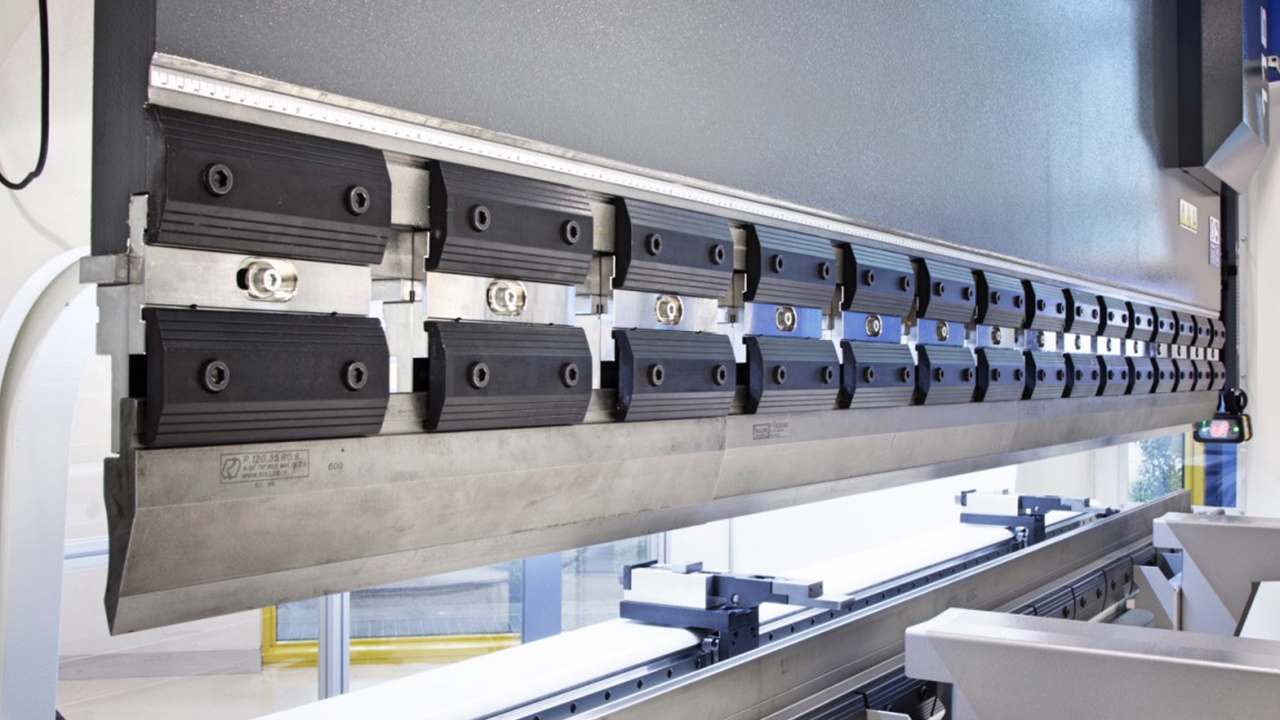Rosalie has always loved sharing her knowledge with others. She started out as a teacher, and found that she loved helping people learn new things. After teaching for a few years, she decided to go back to school to get her law degree. She now works as a lawyer, and loves using her legal knowledge to help people understand their rights. joan is also an avid reader, and loves learning about new things.

The machinery of press brake systems relies significantly on hydraulic systems to facilitate precise bending operations. Hydraulic systems regulate pressure, control movements, and ensure operational efficiency within press brake machines. This article explains the basics, components, functionality, maintenance, and troubleshooting tips about hydraulic systems in press brake machines.
Basics of Hydraulic Systems in Press Brakes
Hydraulic systems in press brakes use fluid dynamics principles to convert mechanical energy into hydraulic force to enable controlled bending operations. These systems comprise a hydraulic pump, valves, cylinders, and actuators working cohesively to generate the requisite force for bending various materials. Therefore, it’s essential to understand the fundamental principles of hydraulic systems for optimizing performance, ensuring safety, and achieving desired bending outcomes.
Components and Functionality of Hydraulic Systems
The efficacy of brake press tooling relies on the components and functionality of hydraulic systems embedded within press brake machines. Key elements include hydraulic pumps that generate pressure, control valves that regulate flow, hydraulic cylinders that convert fluid pressure into linear motion, and actuators that facilitate controlled bending operations.
At its core, hydraulic fluid, typically mineral oil, is circulated by a pump and generates immense pressure. This pressure is then directed to a hydraulic cylinder connected to the ram, translating fluid power into the physical force that bends the sheet metal against the brake press tooling.
The interaction among these components ensures precise control, repeatability, and efficiency during bending processes. Therefore, they enhance productivity and minimize material waste.
Maintenance and Troubleshooting Tips for Hydraulic Systems
Like any hardworking system, your press brake’s hydraulics require good maintenance to maintain optimal performance. This implies that hydraulic systems need diligent maintenance and troubleshooting to ensure longevity, reliability, and performance.
Regular inspections, fluid checks, filter replacements, and component alignments contribute to maintaining optimal system functionality and preventing potential failures. As dirty fluid can cause wear and tear on components, follow the manufacturer’s recommended maintenance schedule.
Additionally, implementing a proactive maintenance schedule and addressing minor issues promptly mitigate risks, minimize downtime, and prolong the hydraulic system’s lifespan. Don’t hesitate to inspect hoses and connections for leaks, keep an eye on temperature gauges, and consult the manual for appropriate cooling procedures.
By carefully following these tips, you can ensure your press brake’s hydraulic system continues to deliver the power and precision needed for flawless bends.
Call for Expertise
When troubleshooting becomes necessary, and you feel you can’t handle this alone, Don’t hesitate to employ systematic diagnostic approaches by calling experts to utilize appropriate tools to solve complex challenges. With their technical support, they can optimize your hydraulic system performance, ensure operational continuity, and maximize return on investment.
In Conclusion
Understanding hydraulic systems in press brake machines is essential to achieve precision, efficiency, and reliability in bending operations. Stakeholders like you can navigate complexities, mitigate risks, and optimize performance by knowing hydraulic systems’ basics, components, functionality, and maintenance practices.
Therefore, leverage resources available on platforms like the SMBC website to empower you to stay abreast of industry best practices, technological advancements, and maintenance guidelines. This would foster a culture of excellence, innovation, and operational efficiency within the press brake tooling industry.
